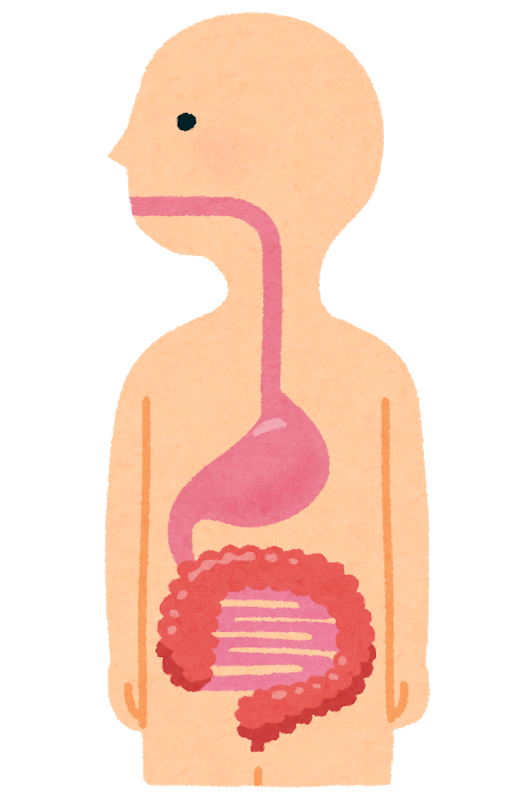Conversion of Propranolol to Carvedilol Improves Renal Perfusion and Outcome in Patients With Cirrhosis and Ascites
J Clin Gastroenterol. 2020 Oct 13.doi: 10.1097/MCG.0000000000001431.

腹水を伴う非代償性肝硬変患者におけるカルベジロールVSプロプラノールの比較試験です。カルベジロールは腎血流を増加させるとして、注目を集めていましたが、今回は肝硬変患者における有用性について検討されています。
結果として腎血流と転機を改善するとし、プロプラノールの使用からカルベジロールへの変更が推奨されています。
冠動脈疾患における侵襲的治療と保存的治療との健康状態の転帰の比較
![]()
Background: In recent years, concerns have been raised on the potential adverse effects of nonselective beta-blockers, and particularly carvedilol, on renal perfusion and survival in decompensated cirrhosis with ascites. We investigated the long-term impact of converting propranolol to carvedilol on systemic hemodynamics and renal function, and on the outcome of patients with stable cirrhosis and grade II/III nonrefractory ascites.
Patients and methods: Ninety-six patients treated with propranolol for esophageal varices’ bleeding prophylaxis were prospectively evaluated. These patients were randomized in a 2:1 ratio to switch to carvedilol at 12.5 mg/d (CARVE group; n=64) or continue propranolol (PROPRA group; n=32). Systemic vascular resistance, vasoactive factors, glomerular filtration rate, and renal blood flow were evaluated at baseline before switching to carvedilol and after 6 and 12 months. Further decompensation and survival were evaluated at 2 years
Results: During a 12-month follow-up, carvedilol induced an ongoing improvement of systemic vascular resistance (1372±34 vs. 1254±33 dynes/c/cm; P=0.02) along with significant decreases in plasma renin activity (4.05±0.66 vs. 6.57±0.98 ng/mL/h; P=0.01) and serum noradrenaline (76.7±8.2 vs. 101.9±10.5 pg/mL; P=0.03) and significant improvement of glomerular filtration rate (87.3±2.7 vs. 78.7±2.3 mL/min; P=0.03) and renal blood flow (703±17 vs. 631±12 mL/min; P=0.03); no significant effects were noted in the PROPRA group. The 2-year occurrence of further decompensation was significantly lower in the CARVE group than in the PROPRA group (10.5% vs. 35.9%; P=0.003); survival at 2 years was significantly higher in the CARVE group (86% vs. 64.1%; P=0.01, respectively).
Conclusion: Carvedilol at the dose of 12.5 mg/d should be the nonselective beta-blocker treatment of choice in patients with cirrhosis and nonrefractory ascites, as it improves renal perfusion and outcome.
背景:近年、非選択的β遮断薬、特にカルベジロールが腹水を伴う非代償性肝硬変患者の腎血流と生存率に及ぼす影響について言及されている。我々は、プロプラノロールをカルベジロールに転換した場合の全身血行動態と腎機能への長期的な影響、および安定した肝硬変とグレードII/IIIの非難治性腹水を有する患者の転帰について検討した。
患者と方法:食道静脈瘤の出血予防のためにプロプラノロールを投与された96例を前向きに評価した。患者を2:1の割合で無作為に割り付け、12.5mg/dのカルベジロールへの切り替え(CARVE群:n=64)、またはプロプラノロールの継続(PROPRA群:n=32)を行った。全身の血管抵抗性、血管活性因子、糸球体濾過率、腎血流を薬剤変更時、6ヵ月後、12ヵ月後に評価した。増悪と生存期間は2年後に評価した。
結果:12ヵ月間の追跡期間中、カルベジロールは全身の血管抵抗性を継続的に改善し(1372±34 vs. 1254±33 dynes/c/cm; P=0.02)、血漿レニン活性(4.05±0.66 vs. 6.57±0.98 ng/mL/h; P=0.01)と血清ノルアドレナリン(76.7±8.2 vs. 101)を有意に減少させた。 7±8.2 vs. 101.9±10.5 pg/mL、P=0.03)、糸球体濾過率(87.3±2.7 vs. 78.7±2.3 mL/min、P=0.03)及び腎血流(703±17 vs. 631±12 mL/min、P=0.03)の有意な改善が認められたが、PROPRA群では有意な効果は認められなかった。CARVE群では、PROPRA群に比べて2年後の重症化の発生率が有意に低かった(10.5% vs. 35.9%,P=0.003);2年後の生存率はCARVE群で有意に高かった(それぞれ86% vs. 64.1%,P=0.01)。
結論:12.5mg/dのカルベジロールは、腎血流と転帰を改善するため、肝硬変と非難治性腹水の患者において、非選択的β遮断薬治療として選択されるべきである。



コメント